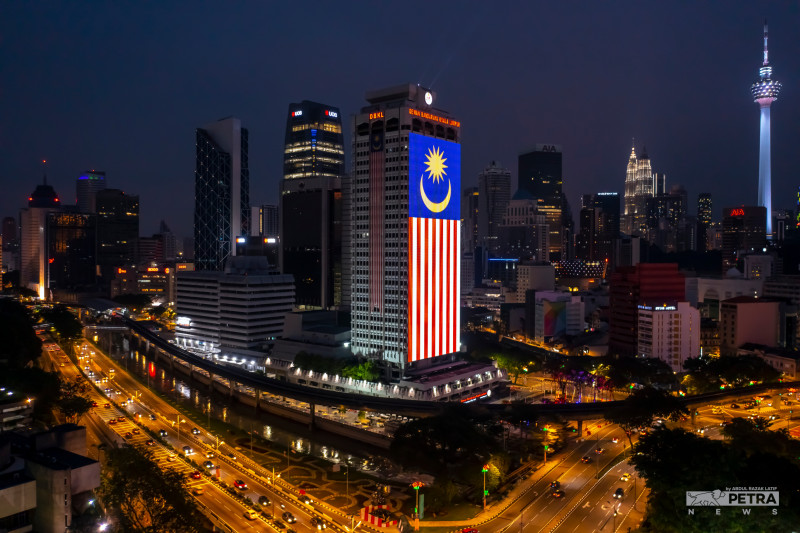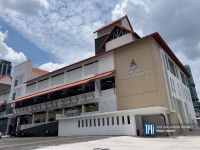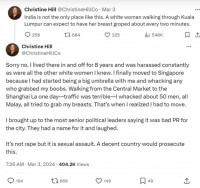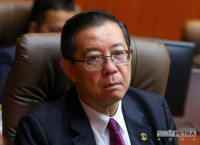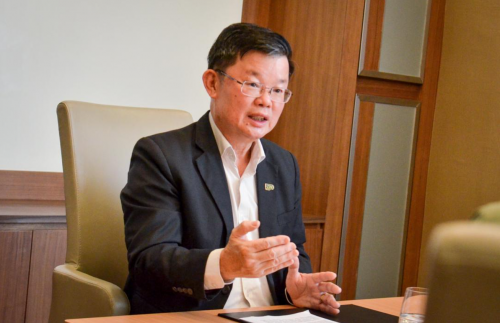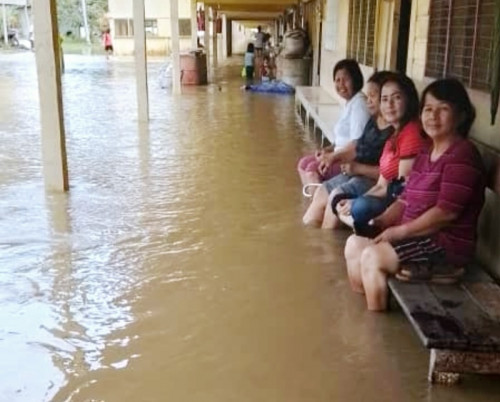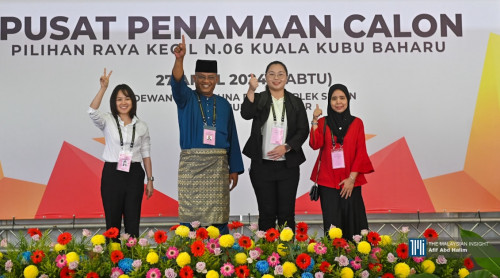IT WAS stated, the draft of the Kuala Lumpur Local Plan 2040 (KLLP) translates the long-term vision “City for All” by strengthening the planning of Kuala Lumpur in line with the sustainability agenda.
I applaud the parties involved in producing the detailed documents and the briefing sessions.
However, the period given for public comments was too short – initially for one month to March 1, then extended to April 1, 2024.
For item 1-3.1 Change of Land Use Zone, it states that all land plots in Kuala Lumpur have been designated with land use zones, therefore, permitted uses and activities must comply with the use class as stated in Volume 1: Part 3, Classes of Use of Land and Buildings 2024 (CULB2024) However, changes are not permitted except through the provision of Section 17 of the Federal Territories(Planning) Act 1982 (Act 267) which states that the mayor can alter, add, revise, repeal or replace KLLP2040.
This is my first concern – the mayor, at any time, has the absolute power to alter, add, revise, repeal or replace KLLP2040 after it is approved/gazetted.
I would suggest the check and balance be given to the Federal Territories Minister Council, which was activated recently.
Remember, in 2023, the Federal Court dismissed an appeal by the Kuala Lumpur City Hall (DBKL) and three others to reinstate the controversial development order over parts of Taman Rimba Kiara (TRK). The unanimous judgment said it was incumbent upon the court to protect the public’s interest when land allocated for public space is removed from public use and utilised for private ownership.
A major change from KLCP 2020 is how maximum intensity is measured for residential areas from the previous persons per acre (ppa). Low density residential areas (R1) and Established Housing (EH) are now based on height control (2-storey or 3-storey) whilst other residential areas (R2, R3 and R4) are now based on plot ratio similar to nonresidential or commercial areas. Plot Ratio refers to ratio between the gross floor area of a building and the area of the building plot based on some guidelines. A plot ratio of 1:4 can result in buildings as high as 20-30 floors depending on their design and layout.
A smart developer can design a plan to maximise the number of floors in a residential area without having regard to the available infrastructure, traffic control and parking availability.
The main worry now, in the overlay planning controls for intensity – it allows for higher densities via plot ratio “incentives” between 5% to 100% in redevelopment areas. For lot amalgamation areas, the incentive plot ratio is from 50% up to 400% depending on the area.
These “incentives”, whether given in support of public transport infrastructure or urban renewal or land ownership rationalization, must be earned. The KLLP is silent on the detailed calculations including criteria and the societal benefits from giving such incentives to developers.
Is this a free pass to further increase developers profits which are already high? We need more transparency.
Even the Yang di-Pertuan Agong, in a Facebook post, expressed hope that all towns in the country’s 13 states would receive equal attention and allocation by the federal government. The king even questioned whether development funding was centered on Kuala Lumpur and Putrajaya only. Migration of people to urban centres could be reduced and congestion better controlled, if other states were equally developed.
This reminds me of ministers in the cabinet working in silos.
Now on specific cases:
1) Changes in Land Use – Retention Pond at Lorong Maarof changed to Residential 2 with a plot ratio 1:2, against the principal of conserving water bodies.
2) Change in Development Intensity in Bangsar Utama – varying from 24 people per acre to plot ratio 1:1.6 and 1:6 to 1:11 with no mention of changes in infrastructure to accommodate.
3) Loss of Open Space –
a) Jalan Bukit Pantai (opposite Pantai Hospital). This space covered with trees was sold to a private developer and the lots changed to mixed development with plot ratio of 1:6, against the KLSP2040 policy of providing and protecting existing open spaces as well as public spaces.
b) Jalan Ipoh opposite Taman Wahyu leased for 21 years to a car showroom.
4) Loss of institutional land – The NCWO land at Taman Tun Dr Ismail was part of an area for non-governmental organisations and identified as institutional land in KLCP2020. Now, the land use is changed to commercial under Perubahan 3, with a plot ratio of 1:2.
5) Legalising illegal developments –
a) changing public open space to private open space where there is now a resort hotel built inside Kelab Golf Perkhidmatan Awam (KGPA). Is a well-connected luxurious escape in the city’s renowned green area an open space? I reiterate the TRK Federal Court decision mentioned above.
b) a 5-storey commercial unit at Jalan Maarof in a row of 3-storey buildings with no set back.
I trust the 6 development goals for KLLP 2040 will be religiously followed, especially for the following 3:
1) a green, healthy & vibrant city;
2) inclusive, equitable & livable city and
3) climate smart & low carbon city; efficient environmentally friendly mobility.
Further, it should be in line with the Madani Malaysia Policy or (SCRIPT) based on Sustainability, Care and Compassion, Respect, Innovation, Prosperity and Trust in shaping a progressive society and supported by the New Urban Agenda (NUA), which is the national commitments at the global level.
My plea is for DBKL to consider all the above and be a truly Madani organization with better governance and accountability. – The Vibes, March 25, 2024.
Saleh Mohammed is a reader of The Vibes



